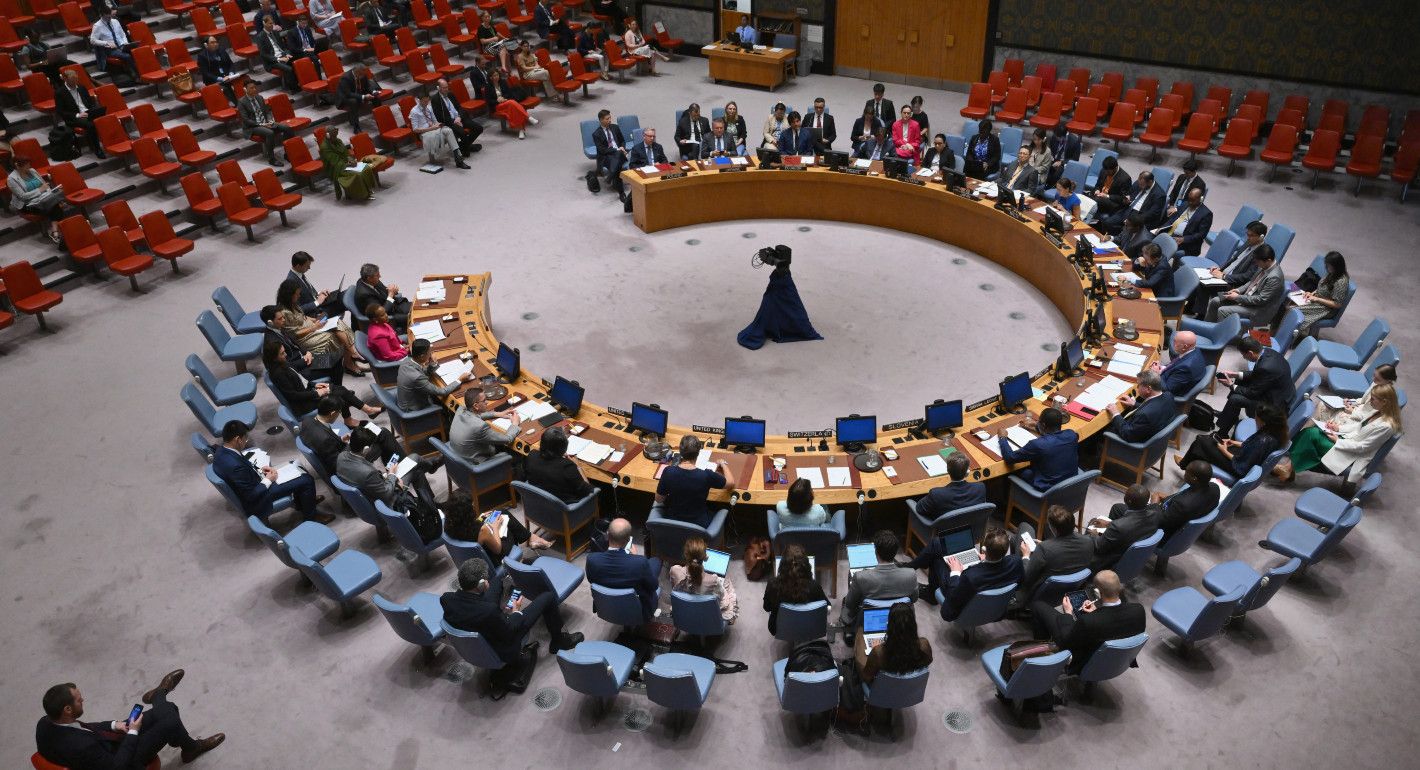News: At least 18 people die of drought-related hunger in two districts of Waghemra, North Gonder zones, Amhara region

Addis Abeba: Amidst the ongoing conflict between the federal and regional governments and the Fano armed group in the Amhara regional state, at least 18 people are reported to have died of severe drought-induced hunger in Sehala Sayemt and Janamora districts of Waghemra and North Gonder zones.
Shegaw Tesema, the administrator of Janamora district in North Gondar zone told the BBC that 16 people have died in Janamora district due to the dire drought; many of the deceased were women and elderly people.
Sisay Biru, administrator of Sehala Sayemt district in the Waghemra zone, said that two people have died of hunger in the district, while some 46,000 of the total 52,000 people in the district have already fallen victims of the drought, which will exacerbate unless they receive immediate emergency food aid.
There will be a serious catastrophe in the district unlike anything seen before as all domestic animals have been dying in numbers and all the people in the district, mainly children, mothers and the elderly, are on the brink of perishing, he said, adding that “unless there is immediate food aid, a tragedy will soon hit Sahala Sayemt district.”
According to the administrator, the areas has never experienced such a severe drought despite the recurring patterns in previous years, neither was there such scarce of grass for grazing by domestic animals. “Only the scorched earth is visible,” Sisay said.
The residents on their parts said that unless they don’t receive immediate food aid, they along with their children won’t survive the dire situation.
Mehret Melaku, head of the disaster prevention and food security office of the district, disclosed that nothing has been offered by the government so far other than promises from various humanitarian organizations. “Despite the report sent to the Regional Disaster Prevention and Food Security Office about the seriousness of the problem, we haven’t yet received any response,” Mehret underscored.
The local authorities also told the media that more than 10,000 cattle have died in both zones due to the drought. “The farmers are desperate that the whereabouts of 400 farmers has not yet been known that their houses were found closed.” The residents have been pleading with the government “to reach out and help them immediately,” he added.
“There is also a widespread plague in those areas. Although all the concerned parties had reported the severity of the situation, no response was received so far,” the administrator stated.
On 13 March this year, the UN said that 11 million people were currently food insecure in Ethiopia as the the result of the recurring drought. The ongoing drought in Ethiopia covers an area inhabited by 24 million people, in high need of an urgent response from the international community.
The adverse drought was mainly affecting the southern and eastern parts of the country following five consecutive failed rainy seasons and the looming “lean season” (period between harvests), stated an update released yesterday. Pastoralists who had barely had time to recuperate from the most recent severe drought of 2016–2017 and the ensuing locust infestation have been seriously affected causing the deaths of 6.85 million sheep since late 2021.
According to the report, pastures and water availability are depleted in the southern and eastern zones of the country further endangering the already depleted livelihoods; “Dire and complex conditions are expected to further drive humanitarian needs of the drought-affected population well into 2023.”
It is also recalled that humanitarian organizations aimed to assist more than 13 million Ethiopians in drought-affected areas with life-saving assistance including food, nutrition, health, and protection services in 2023, up by three million people since March.
Only estimated $ 928 million was secured out of the 1.66 billion USD required for the drought response as of the end of December 2022. Urgent additional funding is needed currently to scale up the response by humanitarian partners to support most, it said, “vulnerable populations across the highly drought-affected areas” in the eastern and southern parts of the country, the UN said. AS







